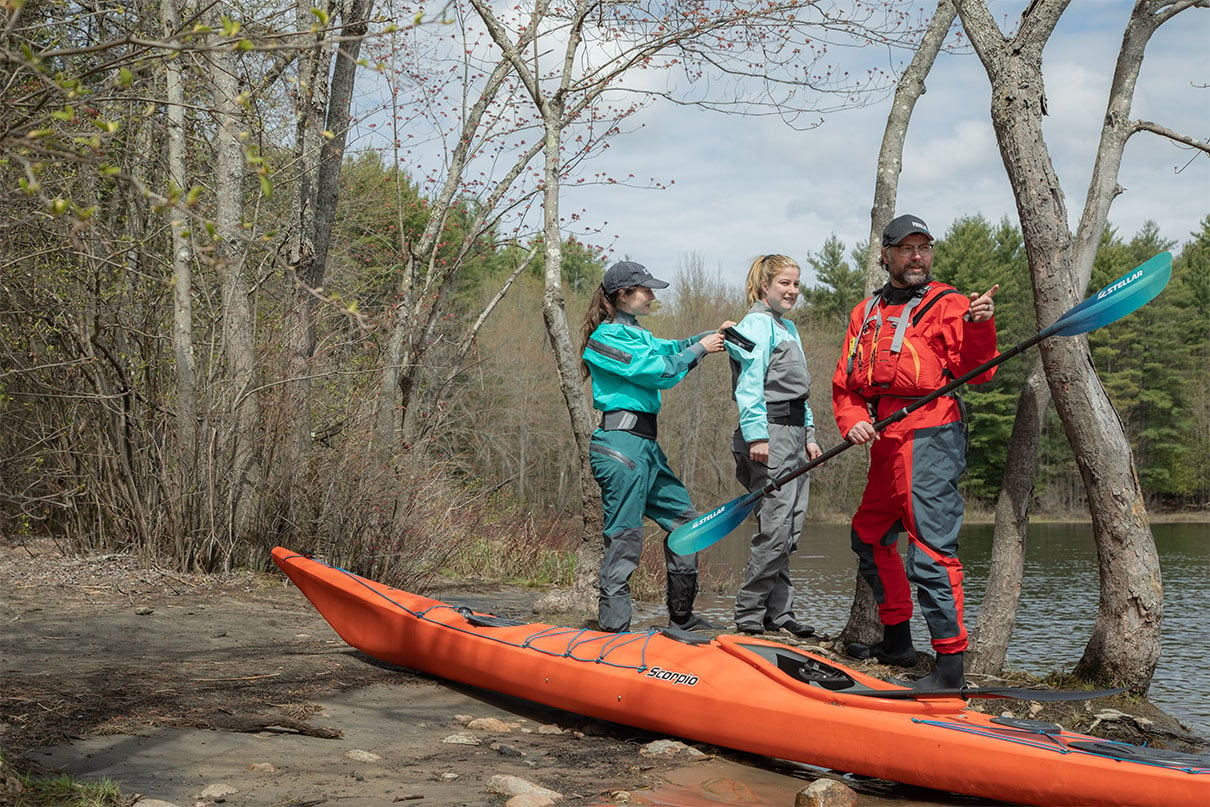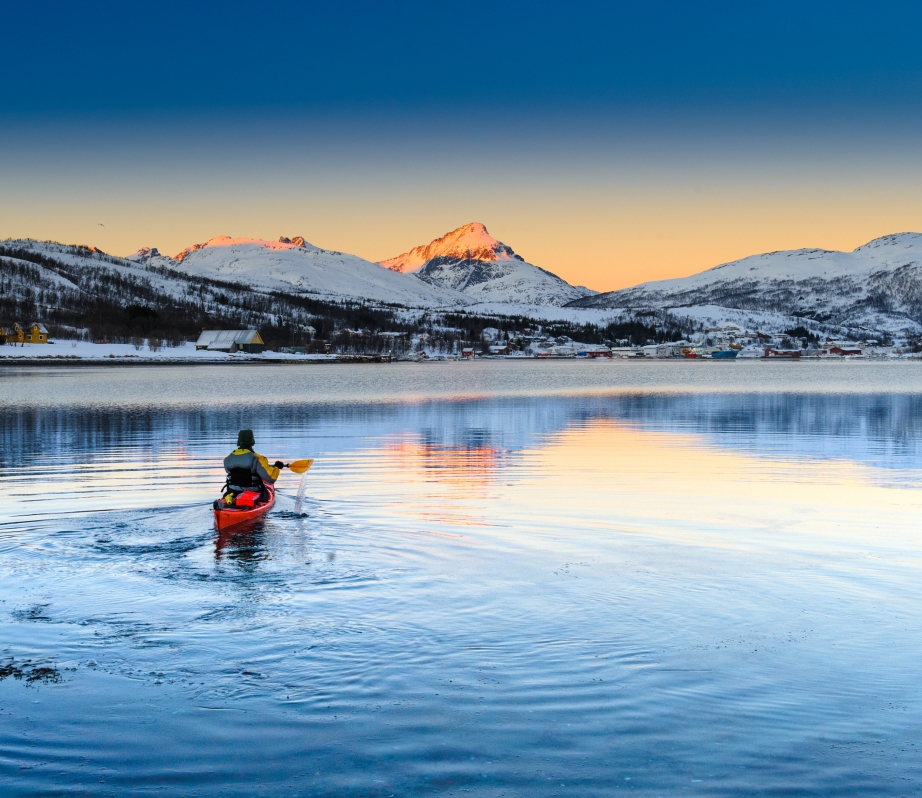If you live in a region with tough winters, the paddling season can seem far too short. It can take a few weeks to get back into the rhythm after ice out. Muscles need to return to their once paddle-ready strength. Systems and logistics for transporting your kayak need to be locked in. New gear needs to be purchased, and old gear repaired. Then before you know it, the leaves seem to be changing.
But what if the paddling season didn’t need to cease come fall? If you want to try paddling through the coldest and darkest months of the year, you will need a few solid pieces of gear to make it happen.
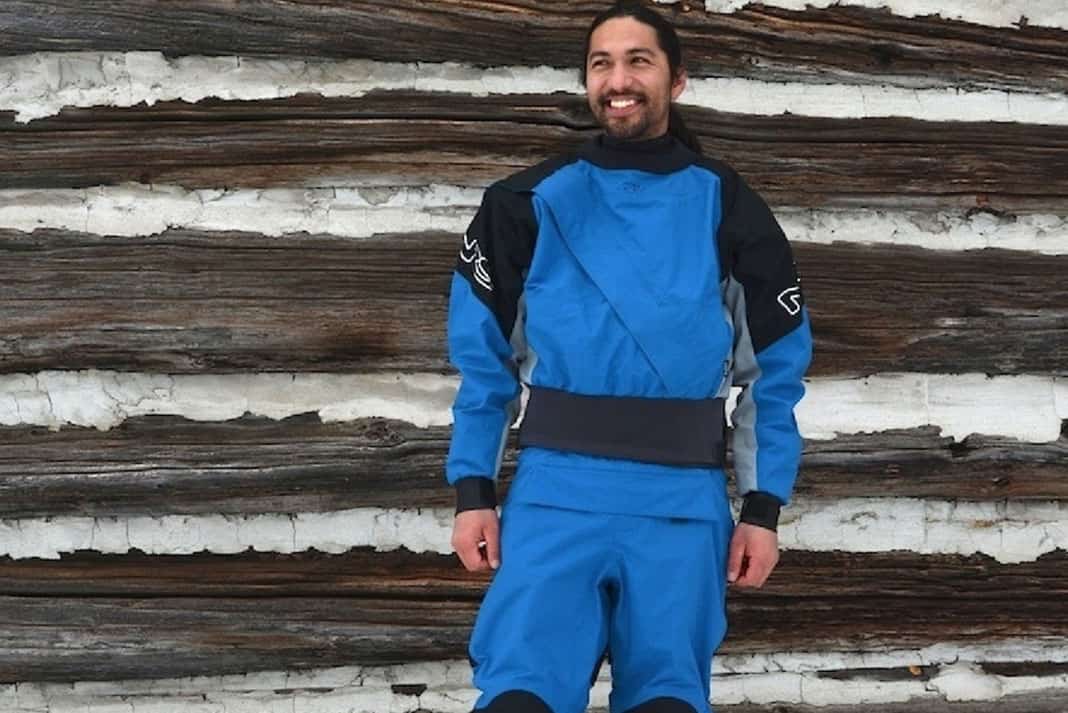
1A drysuit
This is the big ticket item, but also the key to making cold water paddling a reality. A well-cared for drysuit will last, and due to its ability to extend your cold water paddling missions by hours and days, it is priceless. And we’re not being hyperbolic—cold water kills paddlers every year, so don’t paddle on cold water without one. Make sure to layer underneath and tuck into a ball with the zipper partially open to remove excess air before fully zipping.
2
Down booties
There is nothing more satisfying than peeling off paddling socks or shoes and pulling on down booties at the take-out. Their weightless, cushy quality makes your feet feel like they are being hugged. Many come with soft soles so you can walk around the take-out organizing your gear without damaging them. Combine them with some fleece pants and you are all set.
[Cold Water Safety: What Every Cold Water Paddler Needs To Know]
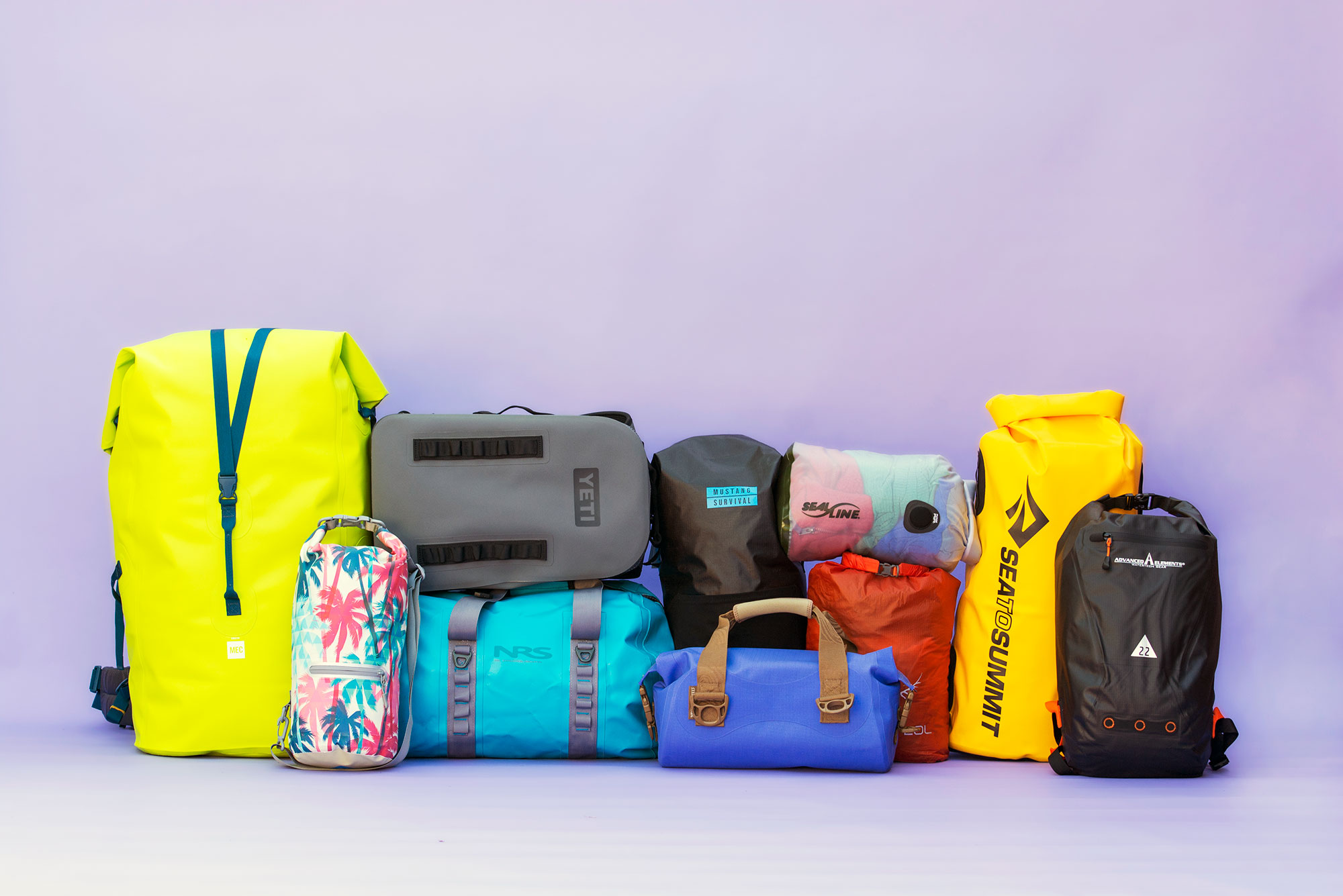
3
Dry bags
Dry bags are essential for cold water paddling because they allow you to store extra clothing and insulation, making you safer on the water. Fill a dry bag or two with warm layers, gloves and hand warmers generally used for skiing. Also make sure you have a first aid kit and a communication device safe in a dry bag.

4
Calories
Spending time in cold water can cause your body to burn significantly more calories than a June mission. Even if you are just going out for a few hours, plan for the worst by packing emergency food in case something goes wrong. Choose calorie dense food that travels well, like Snickers bars, dried fruit, nuts, beef jerky and peanut butter sandwiches.
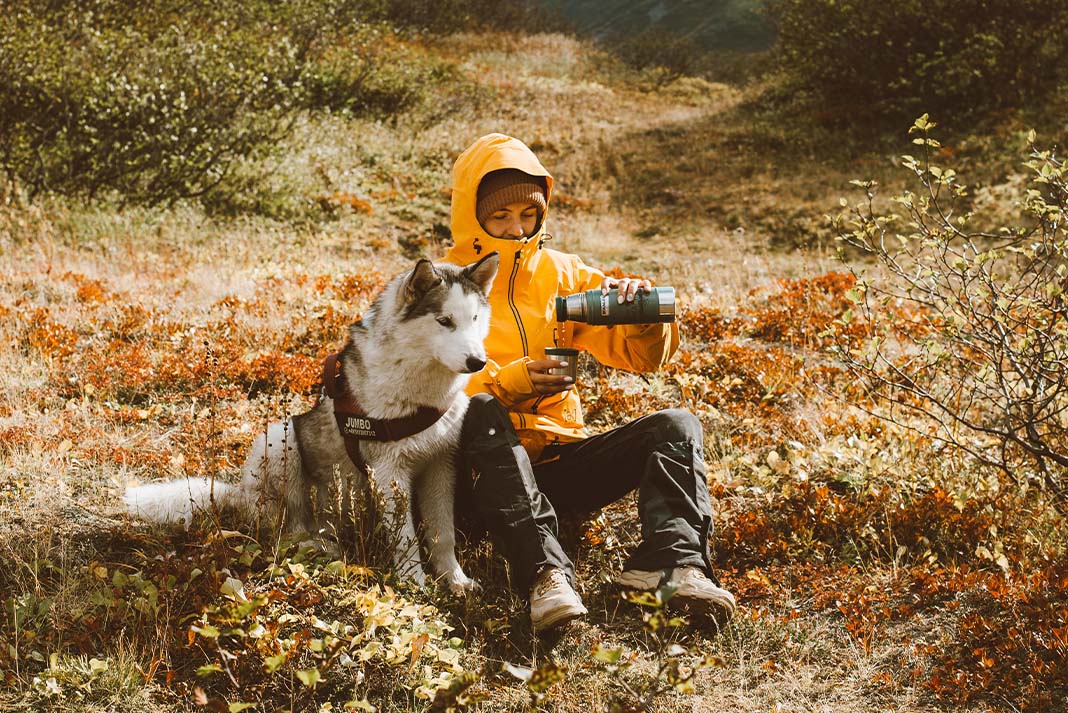
5
A thermos
A thermos is super important for cold water paddling days because it allows you to pack a hot lunch or beverage to enjoy on the water. If you are feeling cold and unmotivated, a lunch of hot stew or chili and a hot chocolate is a sure-fire way to get the stoke back. Pack a few mugs and make sure you buy a thermos that is durable enough to handle some banging around inside your kayak hatch.
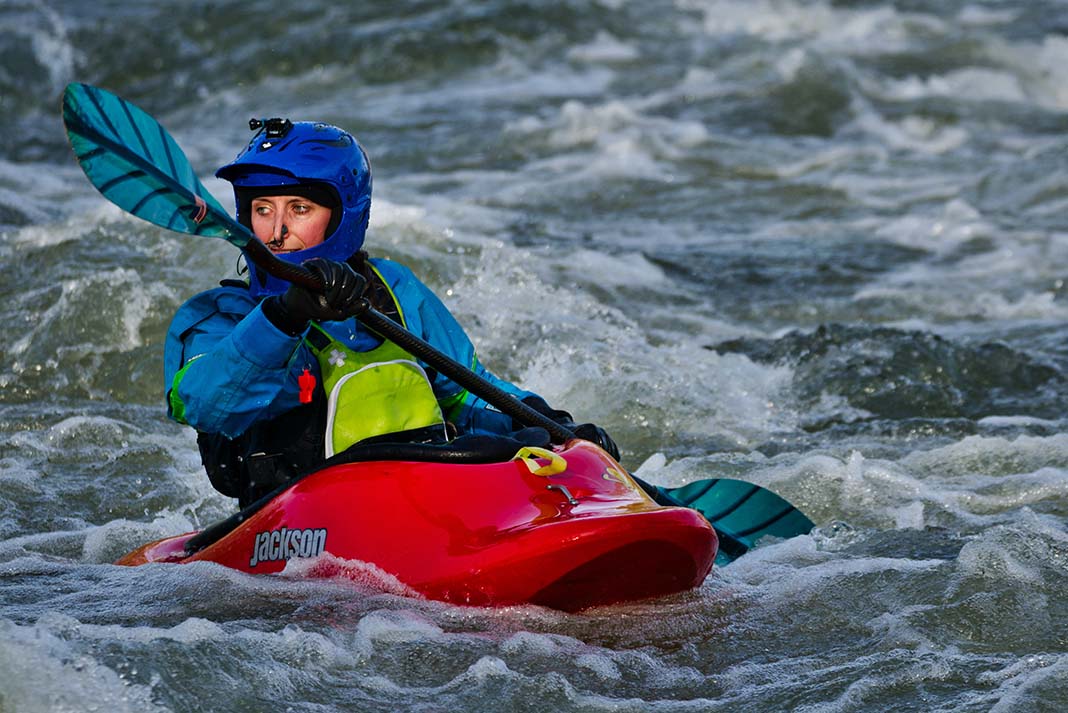
6
Gloves
You can have the best drysuit in the world, but without gloves, all you will feel is the biting cold with each paddle stroke. Slip into a pair of paddling gloves or pogies and thinking about your numb digits will be a faint memory.
7
A plan
Make sure you know what your destination and estimated time on the water will be, and leave that information with a friend. Cold water can turn incidents that would be minor mishaps in summer into more serious issues, so having someone know where you are is vital.



